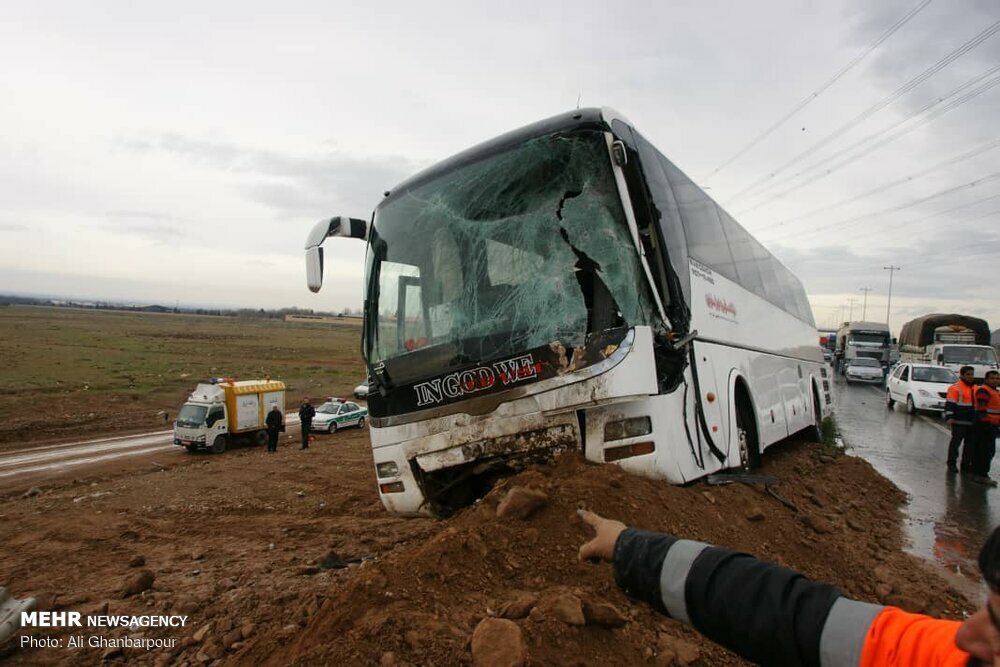Traffic-related deaths drop by 20% during new year holidays

TEHRAN – Traffic related deaths at the crash scene have decreased by 20 percent during the new year holidays from March 16 to April 6, Police Chief Brigadier General Hossein Ashtari has said.
“Although, trips have increased by 14 percent over the first half of the holidays compared to the same period last year, we called on the residents to avoid traveling due to devastating floods during the rest of the holidays, which reduced the trips by 13 percent,” he explained.
Referring to a 15 to 25 percent decrease in road accidents and casualties compared to that of last year, he noted that deaths happened immediately after the accident declined by 20 percent.
According to the data published on Iran’s forensics organization last year in the same period some 1024 lost their lives in traffic related accidents.
Over 60 percent of accidents occurs in 30 kilometers from the cities due to reckless driving, sidetracks, villages and factories, he lamented, adding, we are trying to equip the areas having the most road crashes to reduce the fatalities despite lack of facilities.
Mohammad Hossein Hamidi, an official with traffic police in January said that everyday 40 to 50 people in the country lose their lives on a daily basis in traffic-related accidents.
Every year the lives of approximately 1.35 million people are cut short as a result of a road traffic crash, WHO reports. Between 20 and 50 million more people suffer non-fatal injuries, with many incurring a disability as a result of their injury.
Road traffic injuries cause considerable economic losses to individuals, their families, and to nations as a whole. These losses arise from the cost of treatment as well as lost productivity for those killed or disabled by their injuries, and for family members who need to take time off work or school to care for the injured. Road traffic crashes cost most countries 3% of their gross domestic product.
WHO highlights that road traffic injuries can be prevented. Governments need to take action to address road safety in a holistic manner. This requires involvement from multiple sectors such as transport, police, health, education, and actions that address the safety of roads, vehicles, and road users.
Effective interventions include designing safer infrastructure and incorporating road safety features into land-use and transport planning, improving the safety features of vehicles, improving post-crash care for victims of road crashes, setting and enforcing laws relating to key risks, and raising public awareness.
FB/MQ/MG
